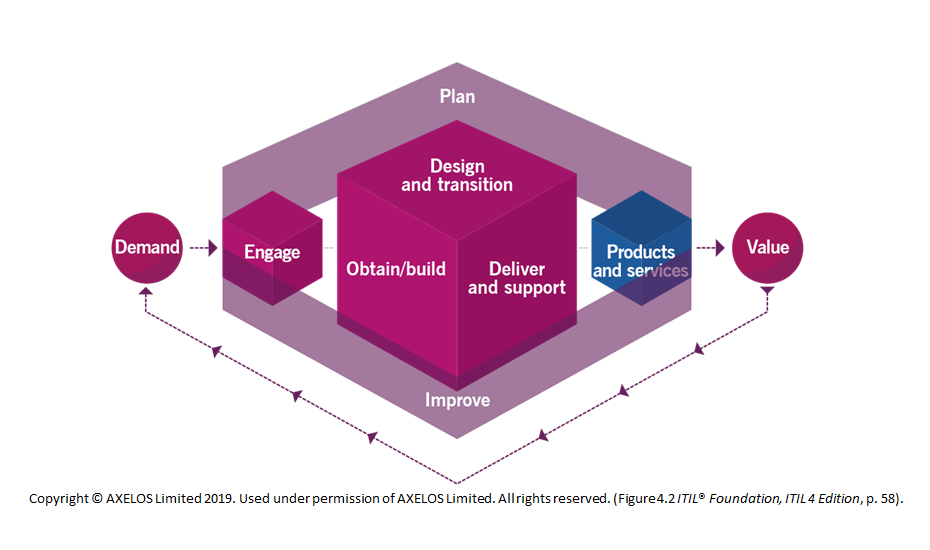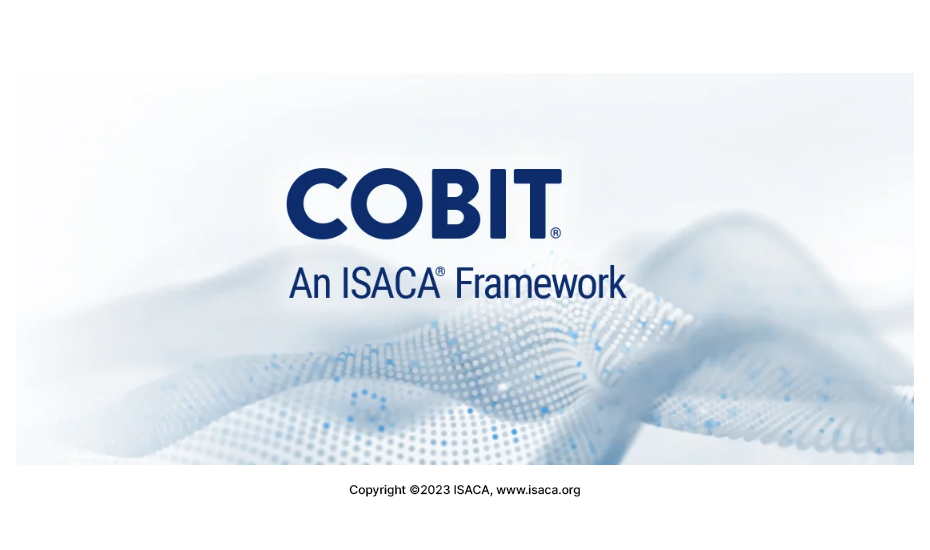What is IT service management all about?
As the complexity of industrial and business processes increases, so do the demands placed on IT systems. This means that IT system landscapes are an important strategic component for companies. What does IT service management (ITSM) mean in this context?
IT service management (ITSM) refers to the provision of IT at the company as a service. But ITSM is much more than just IT support. ITSM comprises all activities carried out by an organization to design, build, provide, operate and monitor IT services. IT teams manage the IT services for their customers, who can be employees, partners, suppliers or customers of the company.
Objectives of IT service management
ITSM essentially strives to improve the way IT services are delivered and managed within organizations to ensure a smooth IT infrastructure, effective communication, fast troubleshooting and an overall positive user experience. This includes aspects such as incident management, problem management, change management, service level management and many other processes that serve to ensure the smooth operation and continuous improvement of IT services.
With its ITSM solution, USU offers software with standard functions, from classic incident management to the automated IT self-service portal.
What are ITSM frameworks?
The choice of a suitable ITSM framework depends on an organization’s specific needs, objectives and requirements. A framework offers a structure and guidelines that can support the implementation and improvement of ITSM practices. They help to deal with the various aspects of IT services in a coordinated and effective manner.
An ITSM framework can have various objectives. For example, the framework offers a structure for the organization and execution of ITSM processes and activities. It provides industry-recognized best practices and methods that help to ensure a high quality of IT services. A framework thus also promotes the standardization of processes and guidelines, which can boost efficiency and ensure consistent results. Many ITSM frameworks place great emphasis on continuous improvement of IT services and associated processes. Last but not least, an ITSM framework can help improve communication between the various departments and stakeholders.
In the following sections, we look at the most important ITSM frameworks.
ITIL framework
ITIL stands for Information Technology Infrastructure Library and is one of the most widely used and recognized ITSM frameworks. It offers a comprehensive collection of best practices and processes for the planning, provision, monitoring and improvement of IT services. The ITIL framework provides a large number of ITIL practices. These are structured approaches used by companies to perform certain IT tasks effectively or to achieve goals. The ITIL 4 framework, introduced in 2019, places particular emphasis on an all-encompassing view of these practices that goes beyond the boundaries of traditional processes.

ITIL 4 focuses on value creation. It describes a generic operating model with which IT departments can individually describe, execute, monitor and optimize their activities. This operating model includes best practices for the three areas of processes, organization and technology. It stipulates that all service processes must begin with a customer demand and ultimately lead to added value for the company. ITIL 4 refers to this value-oriented operating model as a “service value system”. It defines six generic types of activity that are required for the production of value-added services.
ISO 20000
ISO 20000 is an international standard for IT service management that defines requirements and best practices for the implementation of an effective ITSM system. It was developed to work with ITIL, but also supports other frameworks. Certification can be acquired, but must be renewed every three years.
COBIT

COBIT (Control Objectives for Information and Related Technologies) focuses on the control and management of IT services, taking risk management and IT governance into account. COBIT has evolved from an IT auditing tool to one used to manage IT from a corporate perspective and is also used as a model for ensuring compliance with legal requirements.
The importance of ITSM in the company
Why is ITSM needed at all? Company growth, a more complex IT infrastructure and economic pressures – all these factors mean that IT service management solutions have become indispensable. The many hurdles faced in current IT operations often act as motivation for choosing a powerful ITSM system.
Examples of problems in IT operations
- Lack of transparency, manual processes, lack of standards
- Dissatisfaction with IT (on the user or customer side), IT image problem
- Poor data quality (not centralized)
- Historically grown legacy systems (no longer up-to-date)
- Poor service quality, long downtimes, SLA violations
- Difficult management of external IT service providers (lost control)
Examples of IT services in the company
- “How do I reset my password?”
- “Why is the network so slow?”
- “How can I connect to the VPN remotely?”
- “How do I get new headphones?”
ITSM helps to effectively coordinate all these different issues, requirements, tasks and processes and to boost employee productivity. Most of all, however, ITSM creates real added value for the “customer”.
Answering all queries is a constant challenge for the IT team. Customers expect IT services to be quick
Bert Kondruß, Director Development | Service Management
Advantages of ITSM within an organization
Taken as a whole, ITSM helps to make an organization’s IT services more effective, efficient and customer-oriented, which ultimately leads to increased added value and competitiveness. The advantages for the IT department, the employees and the company should be emphasized:
| Advantages for IT | Advantages for the company | Advantages for employees |
|
|
|
ITSM processes
The IT service management processes form the basis of an effective and efficient IT organization. The following processes are part of an ITSM system landscape and ensure that IT services meet customers’ needs and support the company’s business objectives.
- IT Service Desk
- IT Self Service Management
- IT Asset Management
- IT-Change- und Configuration-Management
- IT-Service Catalog and SLA
- IT Service Portfolio & Service Design
- IT Project Portfolio Management
- IT Financial Management
- Governance, risk and regulatory compliance
Possible extensions for IT service management
To achieve a higher degree of digitalization and process automation, ITSM software can be combined or linked with other significant systems.
Process automation and artificial intelligence

The use of artificial intelligence (AI) is redefining the rules of the game and can make an essential contribution to unburdening employees in service management when it comes to routine tasks. When we talk about AI services in IT support, we mean systems with artificial intelligence (AI) services, i.e. self-learning programs in service management. In particular, AI Services can handle recurring IT service management tasks independently and automatically. Empirical values from employees and previous processes are thereby continuously incorporated into the system. The use of AI can thus be very beneficial, especially for service requests and self-service processes.
Is IT service management just for IT?
Overall, it can be said that ITSM focuses on the administration of IT services. But what about other service requests from other areas of the organization?
Example of service requests from non-IT areas
- Request, change or cancel leave
- Request for a parking space
- Defect at the workplace, for example an office chair
- Technical device defect, for example laptop or headset
- Registering visitors and booking catering
- Ordering giveaways for a customer
- Complaints service for customers and partners
The difference to Enterprise Service Management (ESM)
ESM (Enterprise Service Management) extends the principles of ITSM to the entire organization, not just the IT department. Its aim is to apply the same service management principles, processes and systems used in IT to other business areas and departments. These can be services in various departments such as human resources, finance, law, procurement, customer management or marketing. The aim here as well is to standardize, automate and improve the services provided to customers. The focus is on increasing organizational efficiency, improving service quality and encouraging cooperation between different departments.
With USU Enterprise Service Management (ESM), you can introduce over 70 non-IT processes directly out-of-the-box at your company.
Let's talk in person!
Most questions are best answered by direct contact. We look forward to answering your questions and requests over the phone.
Daniel Decker
Community Developer

Get in touch with us!
Would you like to find out more about IT Service Management? Our experts will be happy to advise you on the subject of ITSM.
